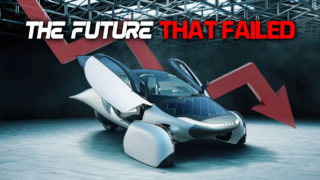Car manufacturers have always pushed boundaries, chasing the next breakthrough that would revolutionize driving. Sometimes brilliant ideas looked perfect on paper but crumbled faster than a cookie in a toddler’s hands. From nuclear-powered fantasies to engines that self-destructed, automotive history is littered with innovations that taught us expensive lessons about what not to do.
18. Oldsmobile Diesel V8 (1978)
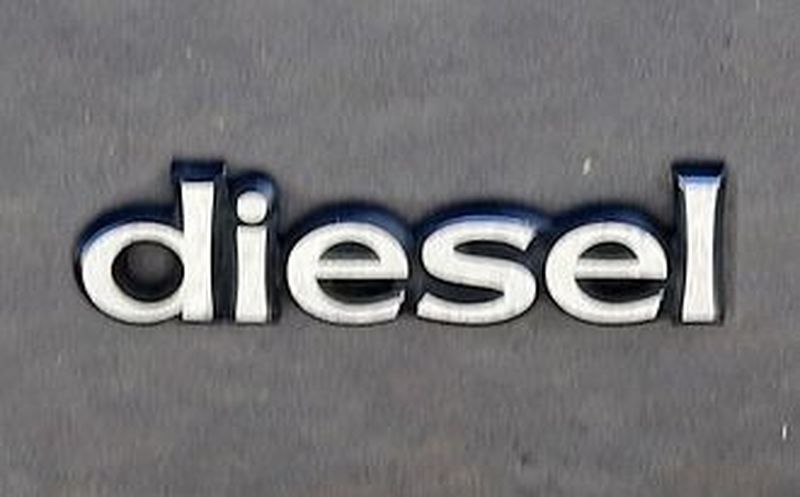
Born during the oil crisis panic, this diesel nightmare was supposed to save fuel costs. Instead, it delivered blown head gaskets, cracked engine blocks, and repair bills that made drivers weep. The rushed conversion from gasoline to diesel ignored fundamental engineering differences—like how diesel fuel requires stronger components and different compression ratios. Owners learned this lesson the hard way when their engines literally fell apart.
17. Chevrolet Vega Sleeveless Aluminum Engine (1971)
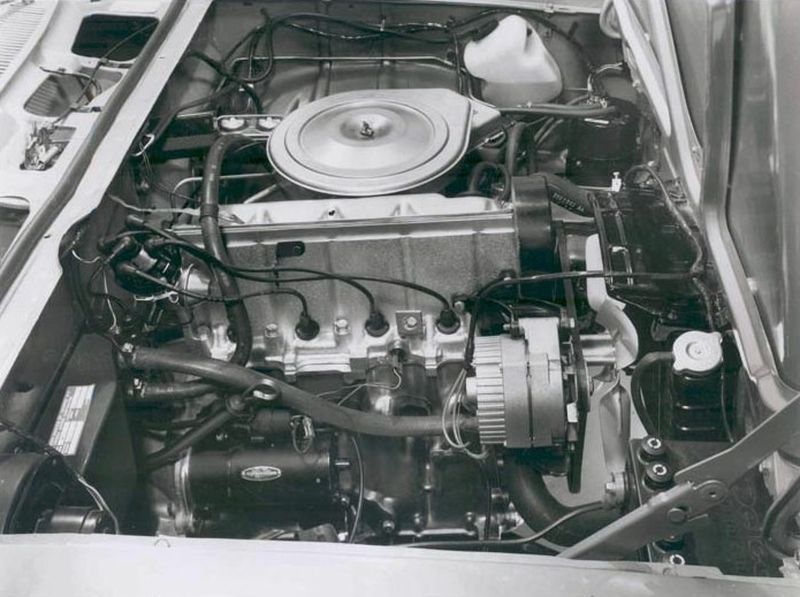
Chevrolet‘s aluminum engine block seemed brilliant until reality hit. Without proper cylinder sleeves, the aluminum wore down faster than enthusiasm at a Monday morning meeting. Overheating became routine, oil consumption skyrocketed, and warranty claims flooded in. The Vega’s reputation never recovered, proving that cutting corners on basic engineering creates expensive disasters.
16. Ford Turn Signal Horn
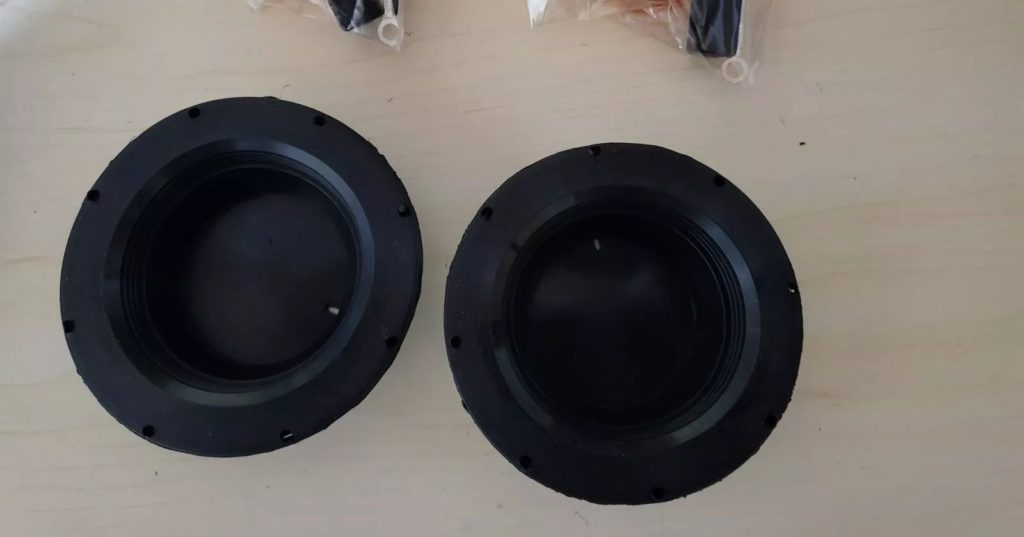
Someone at Ford decided the horn belonged on the turn signal stalk instead of the steering wheel center. Drivers frantically jabbed at empty wheel centers during emergencies while their horns sat uselessly on a stick. The confusion lasted exactly one model year before Ford quietly moved everything back where it belonged.
15. Square Steering Wheel

Various manufacturers experimented with square steering wheels, most notoriously Austin with their Allegro’s “quartic” design. Drivers discovered that hands evolved to grip round objects, not geometric shapes. Sharp corners dug into palms, precise steering became impossible, and safety concerns mounted. Round wheels returned quickly, along with collective sighs of relief.
14. Rim Blow Horn (1969-1974)
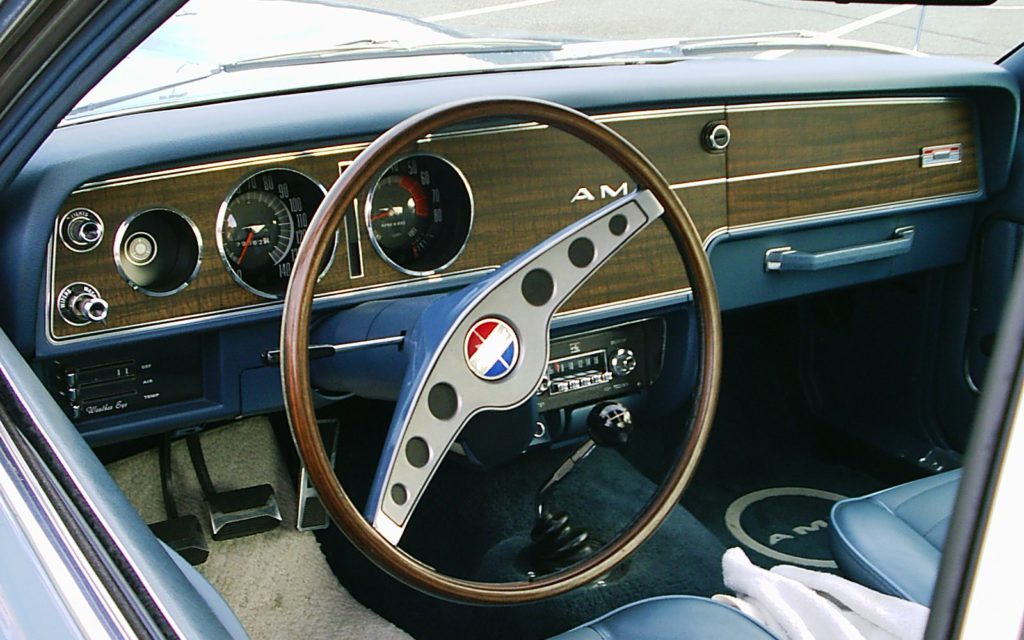
This horn activated by squeezing the steering wheel’s rubber rim. The rubber degraded quickly, contacts failed regularly, and horns activated randomly while driving. Nothing says “professional driver” like involuntarily honking at every turn. The system died when materials science couldn’t keep pace with ambitious design goals.
13. Seat Belt Starter Interlock (1970s)

Federal law required cars to refuse starting unless seat belts were fastened. The sensors failed constantly, stranding drivers who were actually wearing their belts. Public backlash was swift and furious—nobody appreciates being lectured by their car, especially when the lecture system is broken. Congress repealed the mandate faster than you could say “mechanical override.”
12. Ford Think City EV (2000)
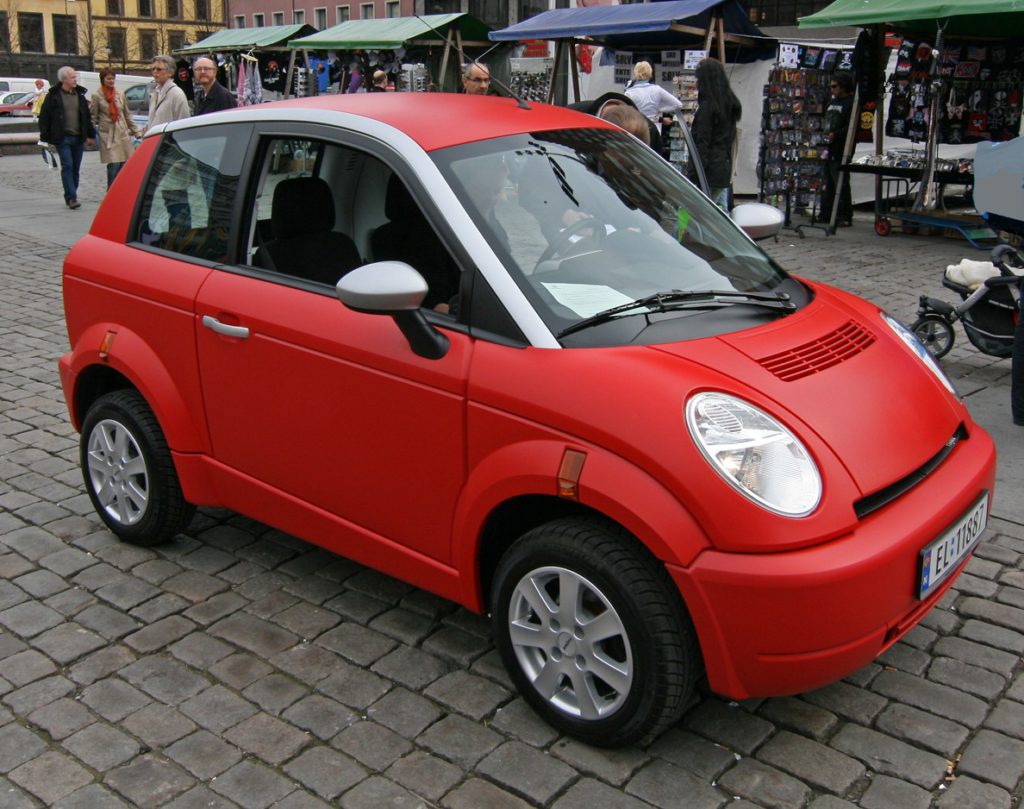
This collaboration with Pivco created an urban electric vehicle with 50-mile range and 55-mph top speed. Slow charging and limited capability killed enthusiasm quickly. Ford sold barely 1,000 units before admitting that early electric vehicle technology wasn’t ready for American expectations.
11. GM EV1 Electric Car (Late 1990s)

GM’s advanced electric car impressed everyone who drove it, but high costs and limited infrastructure scared executives. When GM recalled and literally crushed every EV1, conspiracy theories exploded. The documentary “Who Killed the Electric Car?” turned the EV1’s demise into automotive legend, proving that sometimes corporate decisions become bigger stories than the products themselves.
10. Aptera 2e Electric Car (2006-09)

This impossibly sleek three-wheeler promised incredible efficiency through advanced aerodynamics. Financial troubles and consumer skepticism killed production before it began. The design was so radical that even early electric vehicle adopters hesitated, proving that being too far ahead of your time equals being behind on your bills.
9. Ford Nucleon Nuclear Car Concept (1950s)
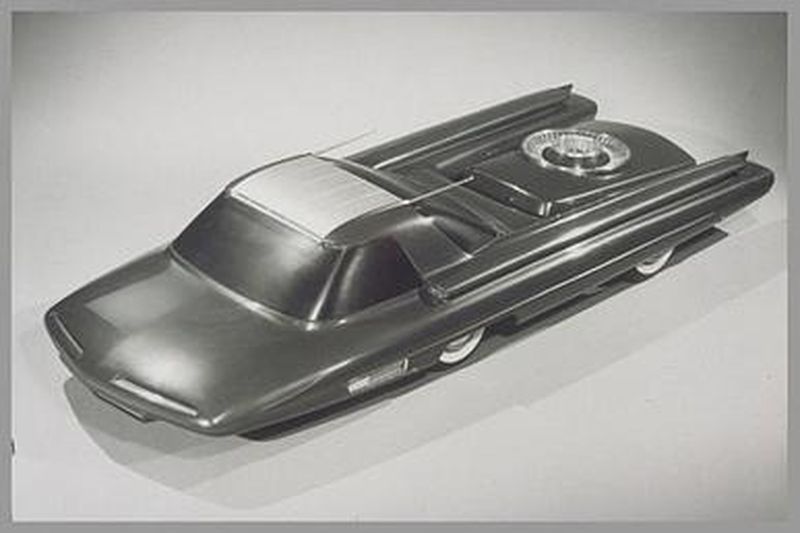
Ford seriously considered nuclear-powered cars, complete with atomic reactors replacing engines. Radiation shielding, fuel handling, and basic safety concerns killed the concept before any prototype ran. The Nucleon remained a fascinating model, proving that some innovations are better left as dreams.
8. Cadillac XLR (2003-2009) (Exterior)

Built on the Corvette platform but priced as a luxury flagship, the XLR satisfied neither sports car enthusiasts nor luxury buyers.
Cadillac XLR (Interior)

Cramped interiors and uninspired styling couldn’t justify the premium price. Fewer than 16,000 units sold over six years, making the XLR a rare sight that nobody particularly wanted.
7. Chrysler TC by Maserati (1989-91)

This expensive convertible combined Chrysler engineering with Maserati badging, creating an identity crisis on wheels. At $35,000, it cost more than many luxury cars but delivered questionable value. Only 7,300 buyers took the bait, making the TC by Maserati more rare than desirable.
6. Dodge Durango Hybrid (2009)
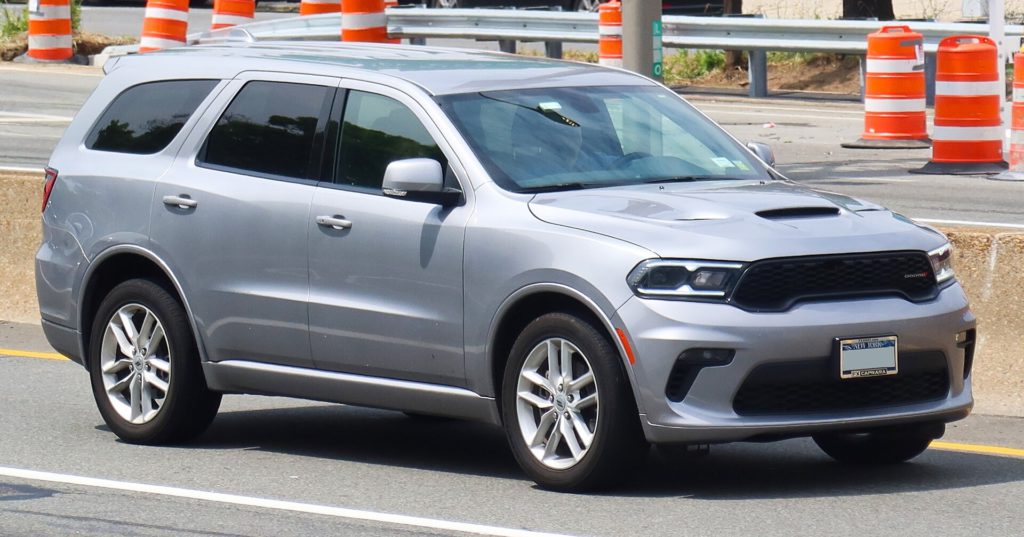
This hybrid SUV offered minimal fuel economy improvement while adding significant weight and cost. Released during the SUV market collapse, only 800 units found buyers before immediate discontinuation. The Durango Hybrid proved that half-hearted environmental efforts satisfy nobody.
5. Chevrolet SSR (2003-06)
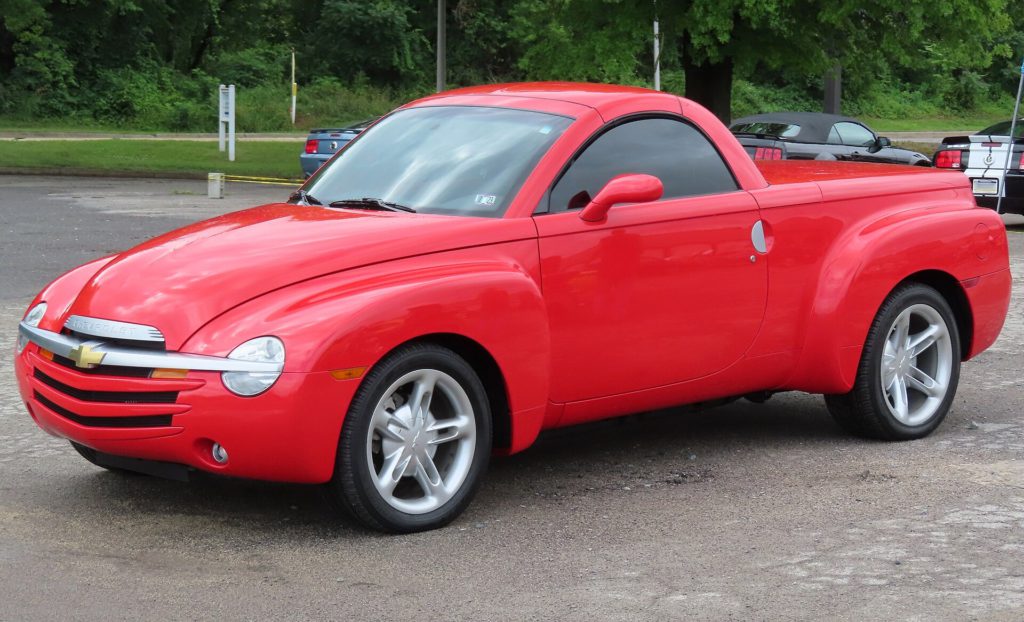
This retro-styled convertible pickup combined nostalgia with modern engineering but forgot about practicality. Heavy weight, high price, and limited utility killed sales quickly. Only 24,000 buyers embraced the confusion, leaving the SSR as an expensive reminder that niche markets have limits.
4. Triumph Mayflower (1950-53)
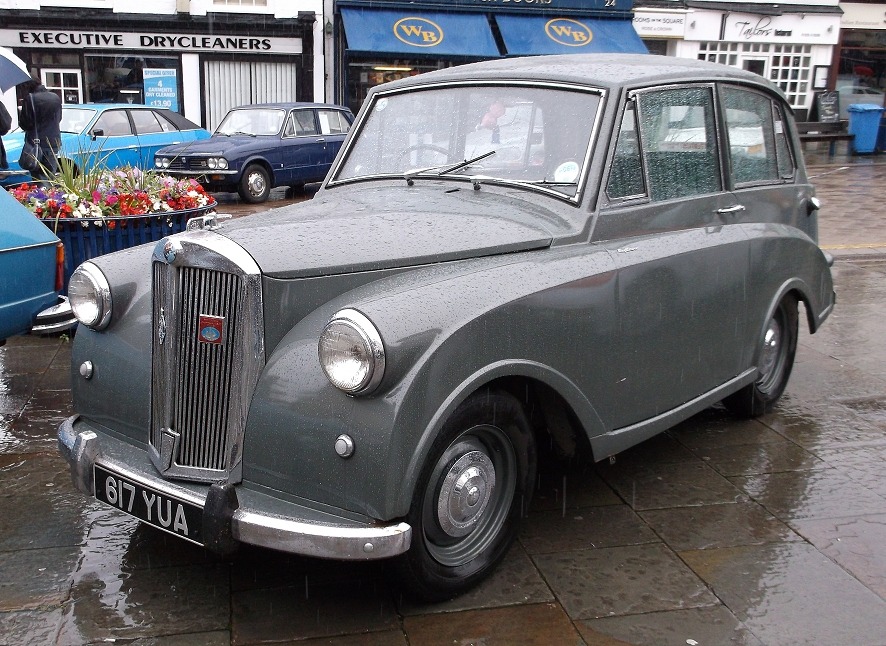
Styled to look like a tiny Bentley, the Mayflower’s formal appearance couldn’t hide its poor performance and high price. British buyers rejected the pretentious package immediately, proving that copying successful designs requires understanding what made them successful.
3. Jaguar X-Type (2001-2009) (Exterior)

Built on Ford’s Mondeo platform, the X-Type was supposed to bring Jaguar luxury to mainstream prices. Instead, it brought mainstream reliability problems to luxury car buyers.
Jaguar X-Type (2001-2009) (Interior)
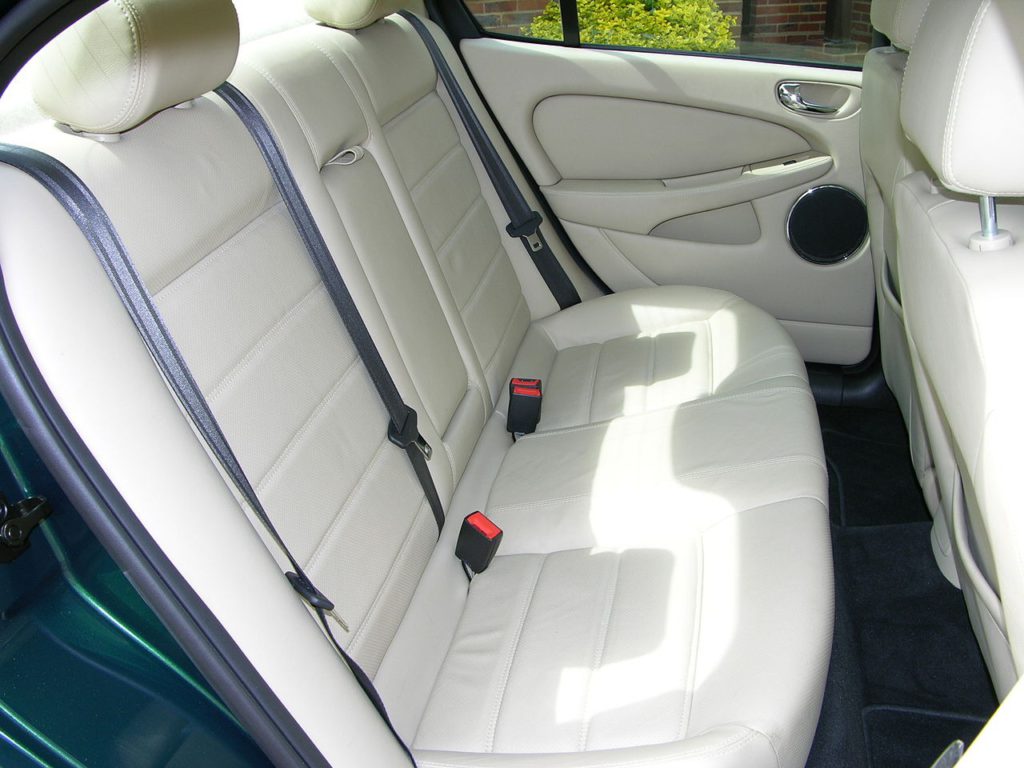
Poor quality control and obvious cost-cutting measures damaged Jaguar’s reputation while failing to attract new customers.
2. Pontiac GTO Revival (2004-06)

Pontiac imported Holden Monaro bodies from Australia and called them GTOs, expecting instant success. Bland styling and weak heritage connection disappointed muscle car enthusiasts who remembered the original’s excitement. The revival died quickly, proving that great names need great cars to support them.
1. Hillman Imp (1963-76)
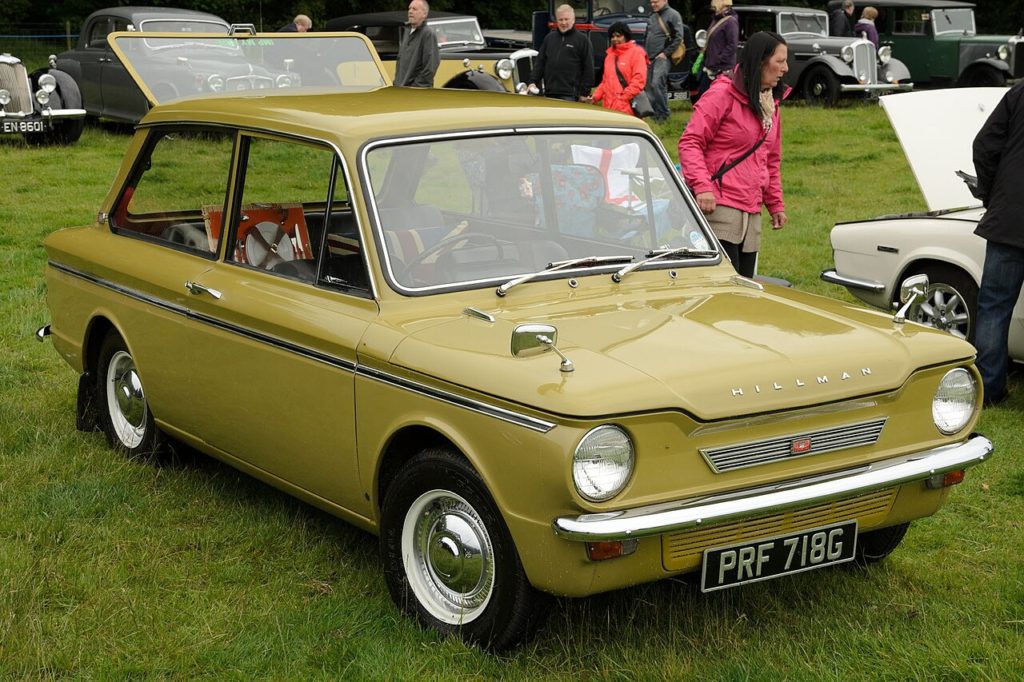
This innovative rear-engine economy car suffered from hasty development and poor quality control. Overheating problems and mechanical failures plagued owners while financial troubles plagued Hillman. The Imp’s failure contributed to its manufacturer’s demise, proving that innovation without execution equals expensive disasters.







